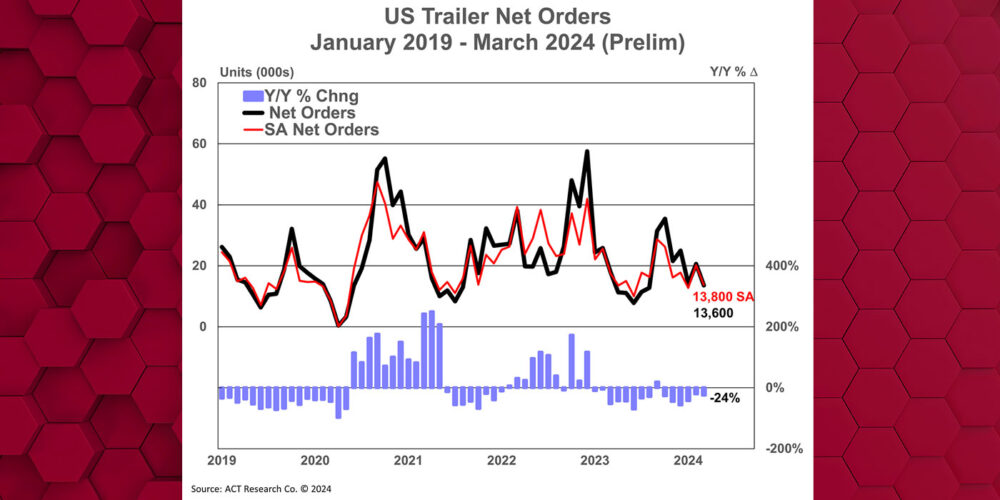
Vibration. Smoke. Unusual sounds. These signs all tell a truck driver one thing:
Something is wrong.
While a driver has an innate ability to sense when something is not right with a vehicle, technology doesn’t have that same intuition. A driver can feel, smell, see and sense things that technology cannot.
What does this mean for the trucking industry? It means autonomous trucking technology, including sensors and V2V connectivity, requires its own senses, or a nervous system of sensors, to augment a driver successfully.
What autonomous trucks need
To make fully autonomous trucking a reality, vehicles will need a higher level of sensor maintenance, health, performance monitoring and a methodology for replacing driver intuition. This will provide a health-ready system through real-time feedback. That way, if a driver gets distracted, the sensors can quickly notify the driver of any problem that arises outside of the challenge of getting from point A to point B.
Improved sensor maintenance and health-ready systems will also help to provide safer autonomous vehicles, developing the sensor, subsystem, system and structural integrity into a complete autonomous vehicle that can adapt to its own health. Just as a driver has to be aware of his or her own surroundings and personal health, so will an autonomous vehicle, even with a driver on board.
Fleet managers need information on the total vehicle, subsystems and all mechanical and electrical components. Access to large amounts of data from these sensors enables fleet managers to maintain healthy autonomous vehicles. Ultimately, future sensor maintenance has to start with components that support the whole vehicle system, and fully understand the health and safety status of the vehicle.
For instance, a sensor has to be intelligent enough or its controller has to have the ability to know the sensor is working properly. The controller must be able to monitor its own state of health. If that controller is driving a brushless DC (BLDC) motor, the controller must be able to provide feedback to allow the motor to be replaced before failure through prognostics. The vehicle, being aware that the sensor, controller, or BLDC motor is compromised, must then modify its behavior to complete the mission, adjust for safety and send out alerts for maintenance to be performed. There are areas of the tractor and trailer that don’t normally have sensors, such as sliders, wheel ends and accelerometers, to monitor structural integrity that the driver is monitoring and reacting to based on their own knowledge and instinct.
Looking ahead
For a completely health-aware system, operators, owners, OEMs, suppliers, supply chain managers, technology providers, regulatory bodies and others will all need to work together to share data. With the vast amount of information these stakeholders can compile together, fleet managers can gain a better understanding of their vehicles, making it safer for autonomous vehicles to be on the roads. The key is for fleet managers to turn the data into information that gives them deeper insight into operations to drive costs, improve safety, and provide excellent service to their customers.
Autonomous driving will continue to evolve, but the technology must develop the instinctive sense of safety that drivers provide. Until technology becomes more robust and more health-aware, level 3 autonomy and beyond will need drivers to remain behind the wheel. The role of the driver or operator will evolve, making the driver even more important to the mission and enterprise of a fleet.
This article was contributed by Wally Stegall, technical fellow and director of business development at Morey.













